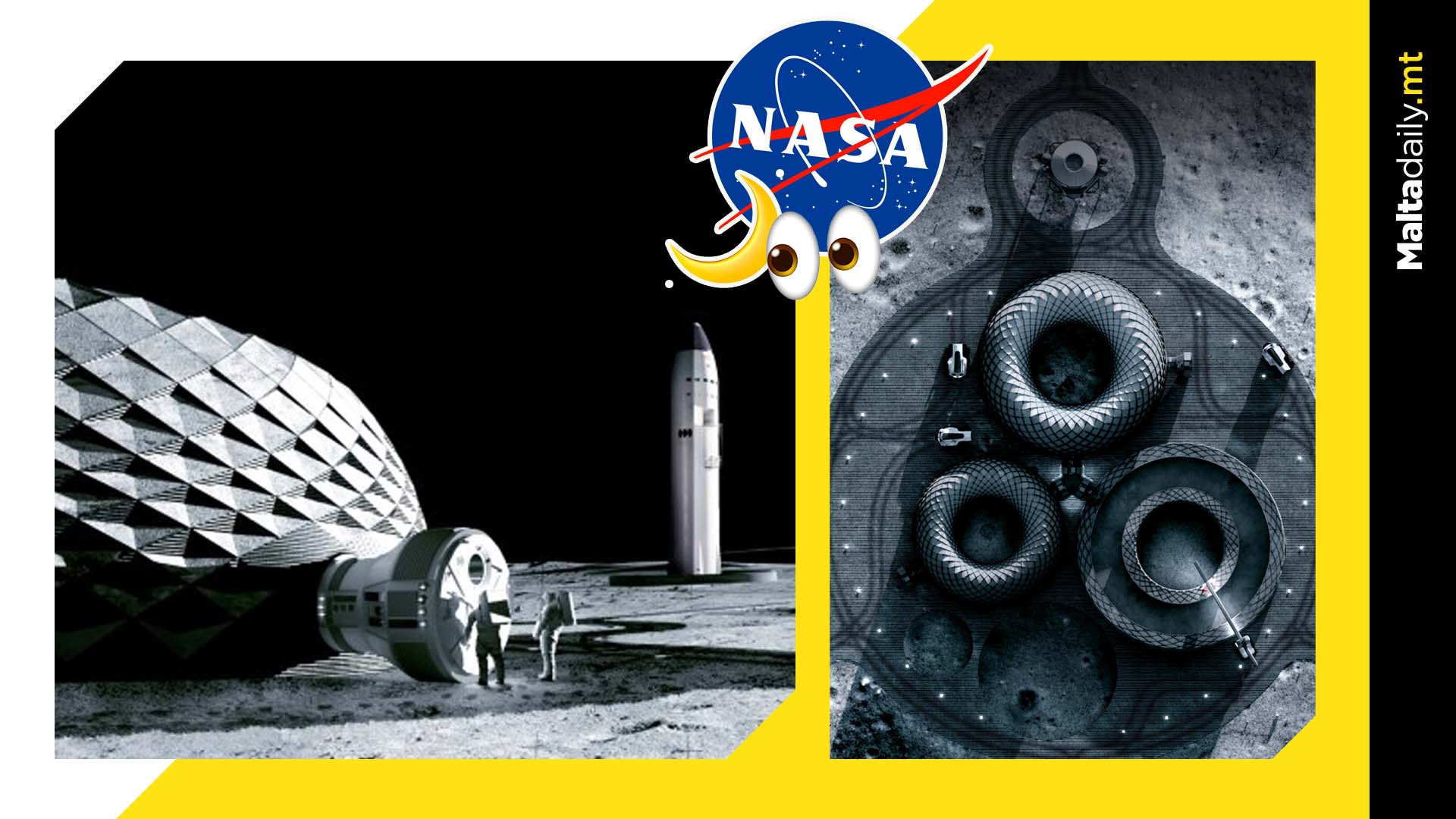NASA Plans On Building AirBnB On The Moon By 2040

NASA is embarking on an extraordinary venture: creating a lunar Airbnb.
The American Space Agency has granted a construction tech firm $60 million to pioneer a moon habitat by 2040, designed not just for astronauts but also for everyday people.The concept involves deploying a colossal 3D printer to the moon, employing lunar concrete composed of rocks, mineral fragments, and dust to construct the structure on the lunar surface.
Collaborating with universities and private enterprises, NASA aims to craft doors, tiles, and furnishings for this lunar abode. Moreover, plans are underway to establish a habitat on Mars for intrepid spacefarers destined for the Red Planet.
While the project is in its infancy, 2022 renderings offer a glimpse of what the lunar dwelling might resemble—though the concept may evolve in the next decade. NASA has not disclosed the cost of a civilian’s sojourn in the lunar residence.
The Austin-based firm, ICON, which secured the NASA contract in 2022, employs its 3D-printing prowess on Earth, fabricating opulent homes layer by layer via its system, The Vulcan.
This technology employs a blend of cement, sand, and water as filament, akin to ink. All components, such as walls and roofs, are individually printed and subsequently assembled. The printer can construct properties in as little as 48 hours.
ICON has been 3D printing homes since 2018 and has erected over 100 in North Austin. These homes are gaining popularity for their swift assembly, potentially addressing America’s housing shortage. NASA envisions 3D-printed homes as the next phase in lunar exploration.
Raymond Clinton, 71, deputy director of NASA’s Marshall Space Flight Center’s science and technology office, anticipates that average Americans might not reside on the lunar surface in his lifetime, but holds hope for future generations. ICON emphasizes that the infrastructure must offer improved protection against thermal, radiation, and micrometeorite exposure.
The first order of business for NASA is establishing landing pads for rockets ferrying the 3D printer to the lunar surface, situated away from habitats to minimize dust disturbances during landings and takeoffs.
Jason Ballard, co-founder and CEO of ICON, asserts, “To shift the space exploration paradigm from ‘there and back again’ to ‘there to stay,’ we’re going to need robust, resilient, and broadly capable systems that can use the local resources of the Moon and other planetary bodies.”
ICON intends to trial its printer at NASA’s Marshall Space Flight Center in the coming February to assess its performance under vacuum conditions and radiation levels of space. However, much hinges on when NASA establishes the moon’s landing pads.
NASA is poised to launch the second phase of its Artemis mission in 2024, circumnavigating the moon with astronauts, followed by the Artemis 3 mission, which aims to return humans to the lunar surface in either 2025 or 2026.
#MaltaDaily


